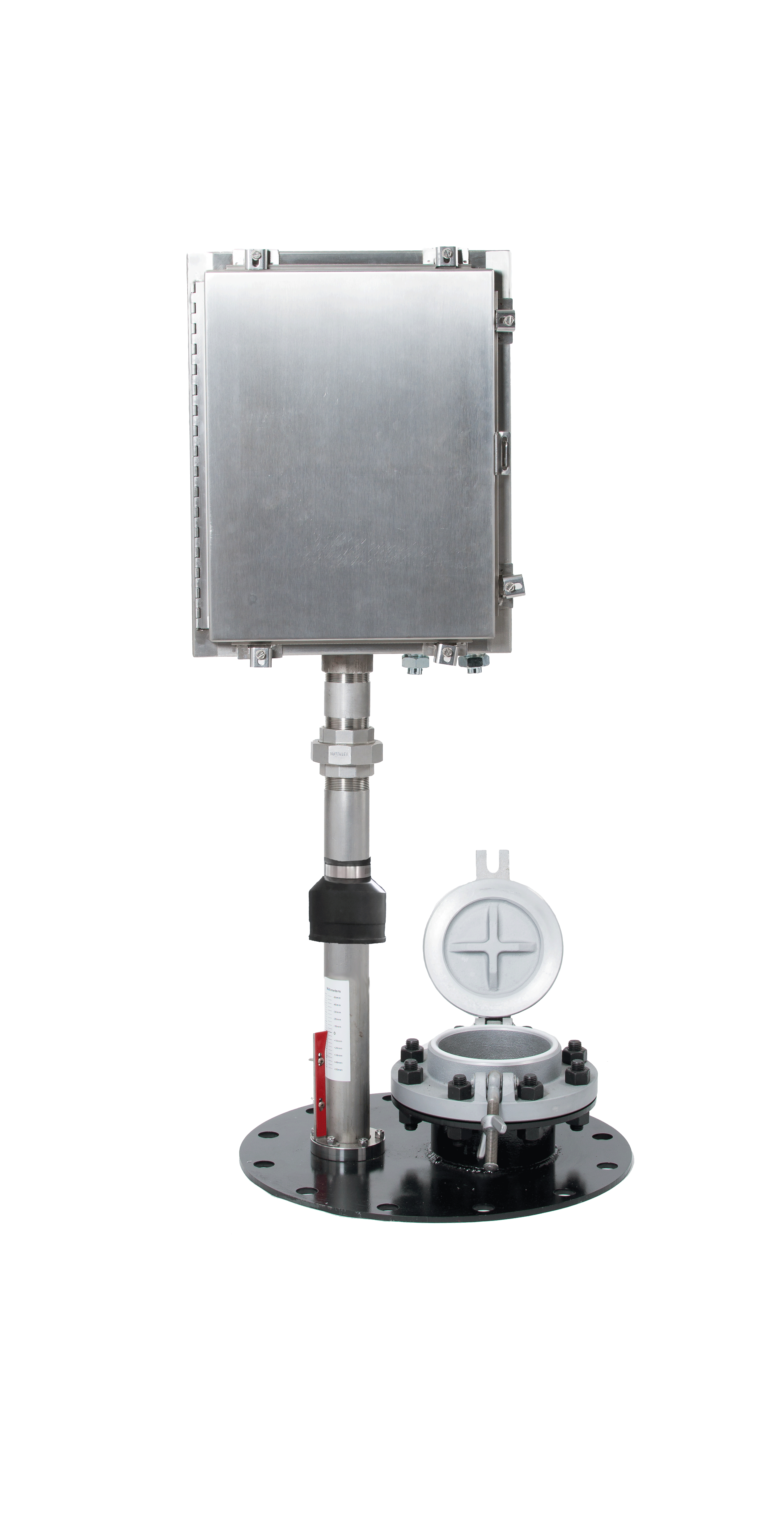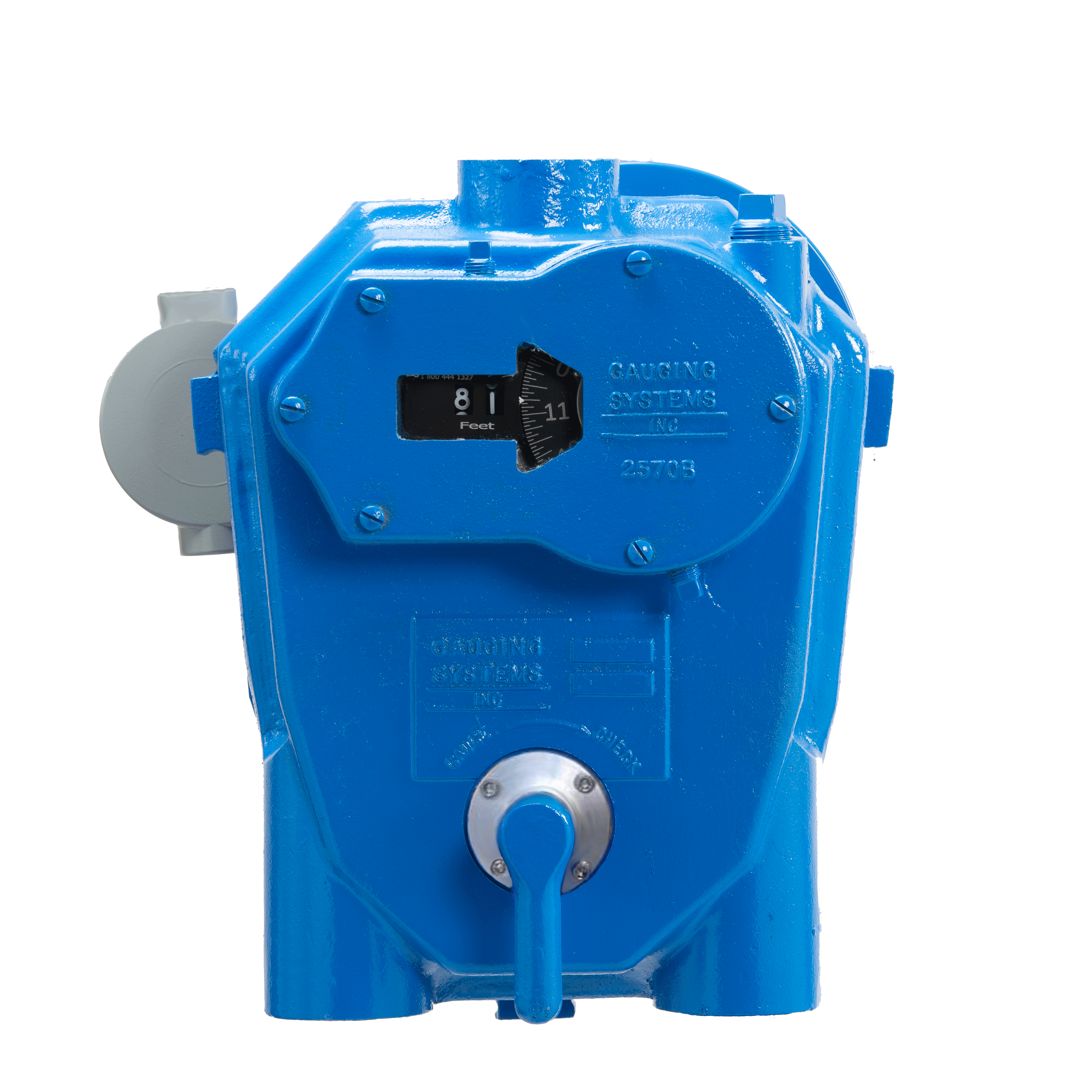A sinking or tilting roof can result in mechanical damage and lead to vapor release product contamination and fire hazard.
Internal floating roof tank level measurement.
Floating roof tanks are broadly divided into internal ifr and external efr floating roof tanks.
These tanks are nothing more than cone roof tanks with a floating roof inside the tank which travels up and down along with the liquid level.
Various oil products including naphtha gasoline diesel kerosene crude oil fuel oil heavy oil benzene xylene methanol ethanol etc.
Having the level measured at 3 spots provides a comparison on how the roof is floating and helps spot tilt conditions.
In vertical atmospheric tanks with internal floating roofs while the tank is in operation.
The second approach is to install three or more wireless guided wave radar measurement instruments in which the probes penetrate through the roof down into the tank to measure the airspace above the liquid.
These level instruments can also be used as part of an overfill prevention system.
Internal floating roof tank parameter as follows.
With the availability of guided wave radar devices with iec 62591 wireless communications instrumentation wiring at the tank is not required.
Internal floating roof tanks level switch installation.
We will now contact some vendors to make sure the solution.
Floating tank roofs can create operational and safety issues.
Adding the tank level measurement as a reference means that roof buoyancy can also be monitored.
Spacing 3 or more non contacting radar measurement instruments around the tank provides a measurement from the top of the tank shell down to the floating roof level inside the tank.
As the manufacturing and the installation of the internal floating roof is fairly quick it does not cause the tank to stay out of usage for a long time.
I have forwarded the idea of an ultrasonic meter measuring the top of the floating roof to my client and it was a well received idea.
Ifr tanks are used for liquids with low flashpoints e g.









